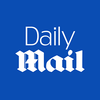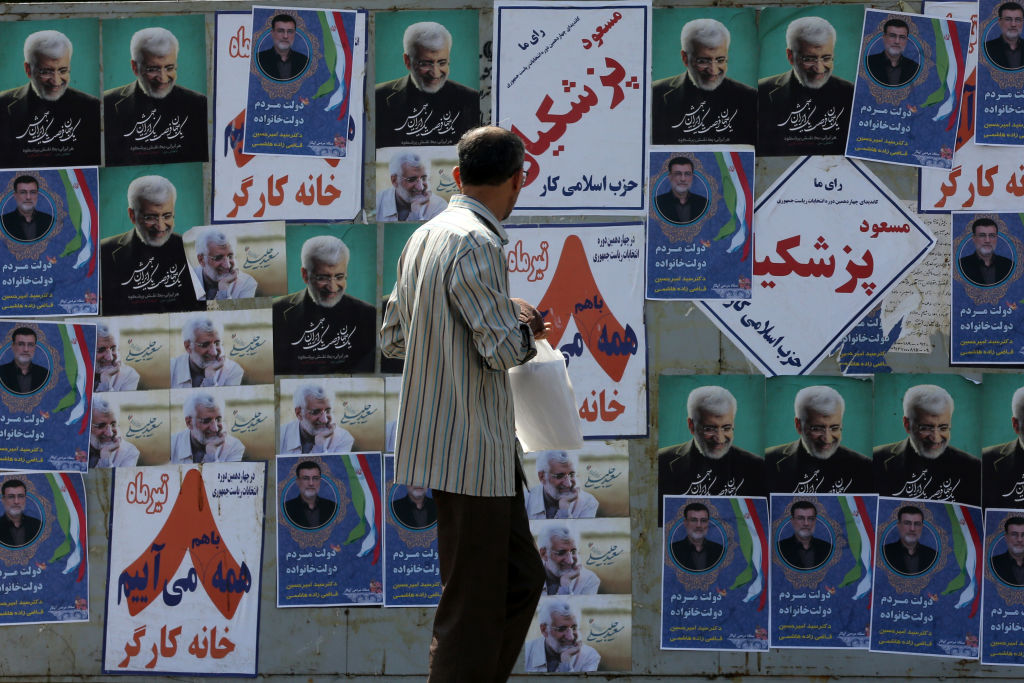Face mask mandates appear to be making a quiet comeback in hospitals across the US amid growing concerns over what experts are calling a 'quad-emic.'
Four viral infections — flu, Covid, the cold-like virus RSV and norovirus — are rising, reaching around 15million cases and 30,000 deaths so far this winter.
In response to the outbreak, Duke Health in North Carolina and Mass General Brigham in Massachusetts both updated their masking and visitor guidelines this week.
It means hospitals in at least eight states are requiring or strongly urging mask-wearing indoors, including Wisconsin, California, Illinois, Indiana, New Jersey and New York.
The move comes amid growing fears about a viral outbreak in China that has reportedly overwhelmed hospitals in northern provinces.
Mass General, which treats 2.5million patients, is comprised of 12 hospitals and clinics scattered throughout Massachusetts and for most of its facilities, leaders escalated its respiratory virus activity status to 'high.'
Now, clinicians and hospital staff are required to wear masks in patient areas and patients and visitors are 'strongly encouraged' to wear a face mask, though there is no requirement.
In North Carolina, Duke Health hospitals and clinics stated: 'Due to increased respiratory illness in our communities, we are updating our visitation restrictions after consultation with our Infectious Disease and Infection Prevention experts.'
The Mass General Brigham system in Massachusetts updated its masking and visitor guidelines this week
With dozens of locations across the state and surrounding areas, Duke Health is now 'strongly' recommending masking in patient areas, and masking is required in 'select patient care areas based on their medical condition.'
Additionally, visitor guidelines have been updated on a unit-by-unit basis, with some restrictions put in place and a requirement for full personal protective equipment for the most vulnerable patients.
In other parts of the country, a spokesperson for Wisconsin's Aurora Health Care system — which treats 1.2million patients a year — confirmed to local outlet WISN12 it will institute a mask mandate for patients and other people in 'congregate areas, like patient rooms' beginning next week.
New Jersey's largest hospital system, RWJBarnabas Health — which sees 3million patients a year — has also reinstated a mask mandate.
In guidance posted online, the hospital system said 'all visitors are expected to wear a face mask and 'maintain physical distance.'
It added: 'We will offer you a new mask for source control or may ask you to replace your own mask with a hospital-supplied mask.'
In San Francisco, anyone working in skilled nursing facilities is required to wear a mask. In Alameda, San Mateo, Contra Costa and Napa counties, as well as the City of Berkeley, healthcare workers and staff in certain care facilities are required to wear masks in patient areas.
In San Mateo, the mandate also applies to visitors.
In Illinois, the OSF HealthCare network, which has 10 locations in the state, is requiring all employees, patients and visitors to wear masks and temporarily restricted visiting hours and allowances.
Additionally, the Rush University healthcare system, which includes two medical centers and one hospital, also started requiring face masks for staff and visitors.
In Indiana, Union Health has also asked people to wear face masks and restricted visiting hours, citing the increase in flu, Covid and RSV cases.
Patients experiencing respiratory symptoms 'must wear a mask upon presentation to any Union Health facility,' which includes about three dozen locations across Indiana.
In New York, State Health Commissioner Dr James McDonald declared last month that influenza is prevalent across the state and required health care workers who have not received this year's flu vaccine to wear masks in certain health care settings.
According to the CDC, the level of respiratory illness activity in the US is 'high' and it is 'high' or 'very high' in a majority of states.
The virus with the highest level is Covid-19. Flu and RSV are at 'moderate levels.'
However, emergency department visits for flu and RSV are 'very high' and increasing, while visits are 'low' but increasing for Covid-19.
Cases of the flu and RSV reached new highs this season, with 19 percent and 13 percent of samples testing positive for those viruses in the week ending December 28.
About seven percent of tests were positive for Covid.
The CDC estimates there has been 1.2million visits for RSV, 60,000 hospitalizations and 3,100 deaths between October 1, 2024 and December 14.
For Covid, estimates are 4.9million cases, 1.1million visits, 130,000 hospitalizations and 15,000 deaths.
And for the flu, estimates are 9.3million cases, 4.2million visits, 140,000 hospitalizations and 13,000 deaths in the same time period.
For the week ending December 28 — the latest available — 1.2 percent of hospital visits were for the Covid, up from less than one percent a month prior.
RSV accounted for one percent, up from 0.6 percent a month prior, and flu visits accounted for 5.2 percent of visits — a sharp increase from just one percent in the week ending November 30.
Hospitalizations are also up for all the respiratory viruses. Hospitalization rates jumped to two percent for Covid and RSV and four percent for flu at the end of December.
Deaths edged up slightly, but made up less than one percent of overall death rates.
Data shows cases of the norovirus — also called stomach flu — are at their highest level for this time of year since 2012.
State health departments reported 91 outbreaks of norovirus - considered a grouping of two or more cases stemming from a common source - during the week of December 5, up from 69 the previous week.
In 2021, there were just two outbreaks during the same week.
The current data is not comprehensive, and the number of cases is likely higher than reported. The CDC does not report individual cases because the infection usually resolves on its own within a few days and goes undiagnosed by a doctor and unreported.
Just over a dozen states participate in the CDC’s national disease surveillance system.
Overall, it is estimated norovirus infects around 21million Americans annually and sends around 2million of them to the doctors offices or urgent care. Approximately 465,000 people with the virus go to the emergency department every year and 900 people die.

 By Daily Mail (U.S.) | Created at 2025-01-07 18:50:33 | Updated at 2025-01-08 16:31:34
21 hours ago
By Daily Mail (U.S.) | Created at 2025-01-07 18:50:33 | Updated at 2025-01-08 16:31:34
21 hours ago






